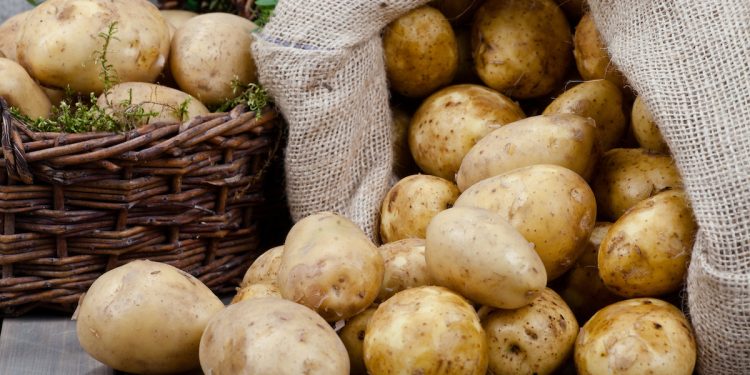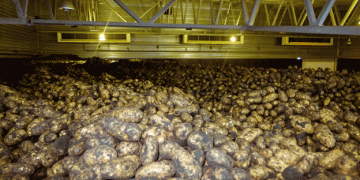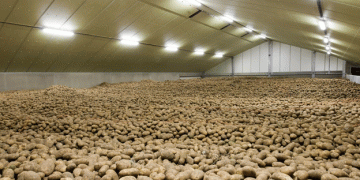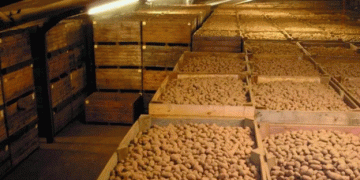#UKPackingPotatoCosts #RetailersDemand #Supermarkets #ContractedSupplies #FreeBuyMarket #PotatoIndustry #CostEscalation #ProfitabilityChallenges #ConsumerDemand #SupplyChain
The recent surge in UK packing potato costs has disrupted retailers’ demand, prompting supermarkets to strategically utilize contracted supplies to mitigate the impact of high pricing in the free-buy market. Learn about the escalating costs, their implications for retailers, and the consequences of this development on the potato industry.
According to the Mintec Benchmark Prices (MBP) on June 6, 2023, Grade 1 White Packing Potatoes EXW England were valued at GBP400/mt. This figure marks a significant increase of GBP25/mt from the previous week and a staggering 321% surge compared to the previous year. The mounting costs have put immense pressure on retailers, creating a challenging situation for them to maintain profitability while meeting consumer demands.
As a result, supermarkets have been forced to adopt strategies that reduce their reliance on the free-buy market, where prices are prohibitively high. Supermarket buyers have revealed that at current price levels, there is virtually no margin for profit when purchasing free-buy potatoes. Instead, they are prioritizing the purchase of contracted stocks to ensure a steady supply chain and offset the impact of soaring prices.
The escalating costs of packing potatoes have had several repercussions across the retail and agricultural sectors. First and foremost, retailers are facing constrained profitability due to the absence of profit margins in the free-buy market. This situation may lead to adjustments in pricing strategies or shifts in the assortment of potato products available to consumers.
Additionally, the decrease in consumer demand for fresh potatoes, coupled with the warmer weather in the UK and the EU, has added to the challenges faced by growers. The decline in demand necessitates increased irrigation efforts to compensate for the reduced precipitation, posing additional costs and logistical complexities for growers.
These developments are likely to have a ripple effect on the potato industry, potentially leading to changes in supply chains, negotiations between retailers and growers, and consumer choices. Retailers will need to navigate the volatile market conditions, seek alternative sourcing options, and explore potential long-term solutions to ensure the continued availability of potatoes while mitigating the impact of high costs





